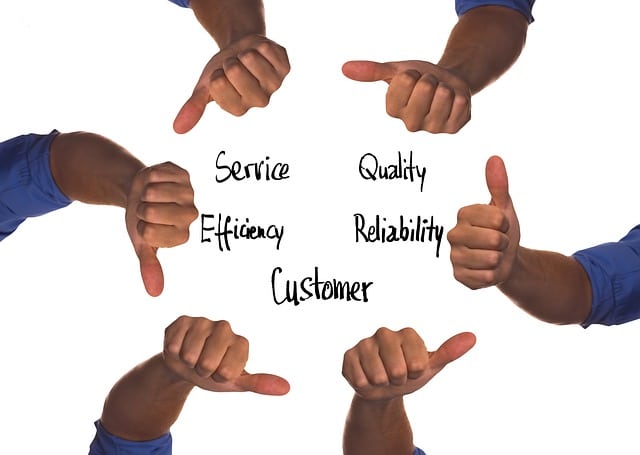In today’s competitive corporate landscape, understanding the psychology of customers is no longer just a competitive advantage; it’s a necessity for sustained success. Customer psychology offers invaluable insights into the minds and behaviors of your target audience, enabling you to tailor your strategies effectively. In this article, we’ll explore key aspects of customer psychology with real-world examples to illustrate their practical significance.
Table of Contents
Needs and Motivation:

Customers are driven by a hierarchy of needs, from basic necessities to self-fulfillment. Consider the success story of Apple Inc. They have mastered the art of catering to diverse customer needs by offering a range of products, from iPhones for communication (satisfying physiological needs) to sleek MacBooks that tap into the desire for self-expression and status (addressing higher-order needs).
Perception:

Customer perception is pivotal. For instance, luxury brand Louis Vuitton has cultivated a perception of exclusivity and prestige. This perception significantly influences customers’ willingness to pay premium prices for their products.
Cognition and Decision-Making

Understanding the cognitive processes customers undergo when making decisions is critical. Amazon utilizes personalized recommendations based on a customer’s browsing and purchase history. This caters to the customer’s information processing needs, simplifying decision-making and boosting sales.
Emotions and Branding:

Emotions play a crucial role in customer decisions. Coca-Cola’s “Share a Coke” campaign triggered emotional responses by personalizing their bottles with customers’ names. This emotional connection led to increased brand loyalty and engagement.
Social Influence:

Social proof can be a potent psychological tool. Airbnb, for example, showcases reviews and ratings from previous guests, leveraging social influence to build trust and encourage bookings.
Customer Experience:

Consider Disney’s commitment to creating magical experiences. From theme park visits to Disney+ streaming, they prioritize customer delight at every touchpoint. This dedication results in strong customer loyalty and positive word-of-mouth marketing.
Customer Feedback and Listening:

Starbucks actively encourages customer feedback through their “My Starbucks Idea” platform, showing customers that their opinions matter. This not only helps in improving products and services but also strengthens the bond between the brand and its customers.
Price Perception:

Retailer Walmart employs a pricing strategy that emphasizes affordability. Their “Everyday Low Prices” slogan creates the perception of consistently low prices, attracting budget-conscious shoppers.
Personalization:

Online retailer Amazon’s product recommendations based on browsing and purchase history are a prime example of personalization. This tailoring of content keeps customers engaged and drives sales.
Retention and Loyalty:

American Express’s rewards program is designed to retain and reward loyal customers. The psychology here is clear: customers who receive exclusive benefits and perks are more likely to stick with the brand.
Ethical Considerations:

The Body Shop’s commitment to ethical and sustainable practices aligns with the values of socially conscious consumers. This commitment fosters a positive image and customer loyalty among those who prioritize ethics.
Adaptation and Continuous Learning:

Companies like Netflix exemplify adaptability by continuously analyzing customer data to refine their content recommendations and create original content tailored to audience preferences.
Conclusion:

Understanding customer psychology is akin to wielding a powerful tool that unlocks the secrets to customer satisfaction, loyalty, and growth. The examples provided showcase that businesses of all sizes and industries can apply these principles effectively. By prioritizing customer psychology in your corporate strategy, you can better meet customer needs, improve experiences, and ultimately thrive in today’s dynamic business environment.










